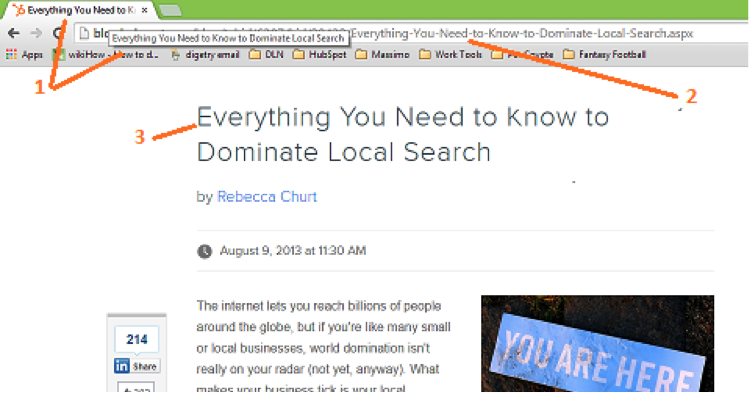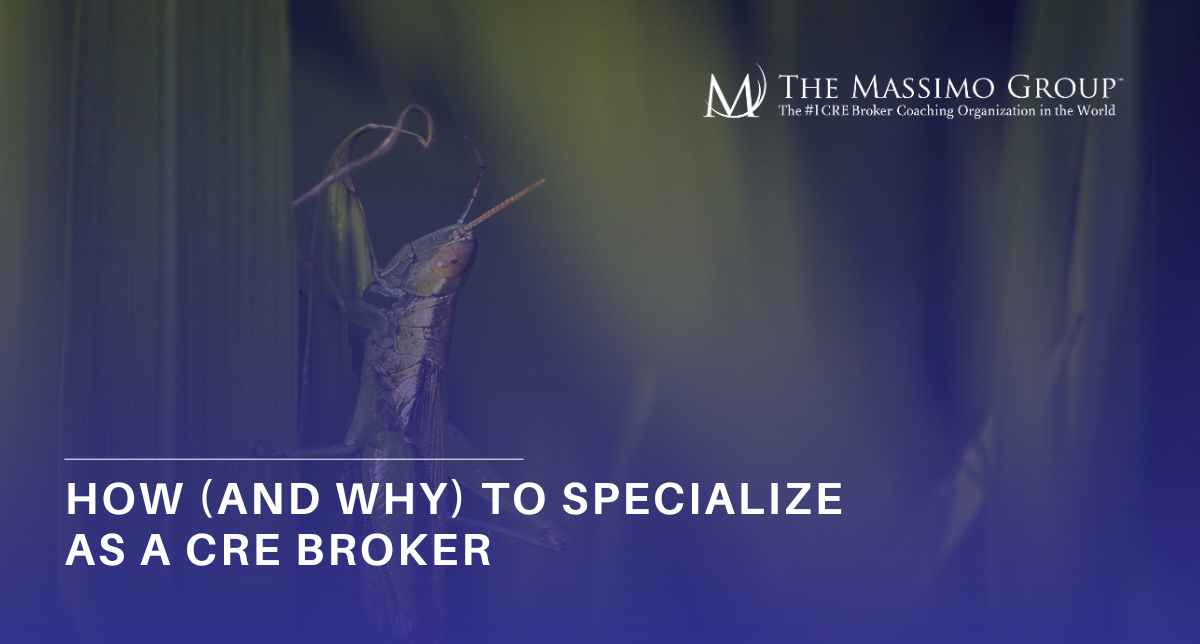Does your CRE management firm’s website get traffic? If not, one reason may be because the search engines can’t find your web pages. Search engine optimization, or SEO, is the practice of seeding your web pages with the keywords that your prospects and customers search for. So when they perform a search, your web page is more likely to be one of the top results returned.
Unless you are an online marketer, there is a shroud or mystery around how SEO actually works.
I’m here to tell you, however, that it’s not mysterious at all. In fact, you can follow these five simple best practices to see how optimized, or how likely your web pages are to be found.
There are 5 crucial SEO elements on each web page:
- Page Title
- URL
- Page Header
- Internal Links
- Page Content
All of these elements should be optimized with the keywords your prospects use to find what they are looking for online.
1) Page Title
The page title is the description that appears in your browser’s tab (in most cases you need to scroll over the tab to see the full title. In our example, the Page Title is “Everything You Need to Know to Dominate Local Search.”
2) URL
The URL, or Uniform Resource Locator, is the web address for your page. It appears in the browser’s address bar. The URL includes your web site’s main address and the address for the specific page you are on. In our example, http://www.mycompanyname.com/everything-you-need-to-know-to-dominate-local-search.
3) Page Header
The page header is your page’s headline, or in HTML terms, the H1 tag. The purpose of any headline is to grab your visitor’s attention and compel them to read what follows. As you notice in our example, the headline is exactly the same as the URL and the Page Title.
4) Internal Links
Internal links are hyperlinks on your page that link to other pages on your own site. For example, your Services page may include a link to one of your blog posts that discusses the service in question. In our example, if Local Search is a service that is offered, the Services page can include a direct link within the page copy to the blog article, Everything You Need to Know to Dominate Local Search.
5) Page Content
As I’m sure you’ve noticed by now, each of the elements discussed use the exact same phrase – Everything You Need to Know to Dominate Local Search. That’s because this phrase contains the keyword this page is trying to rank for – e.g., dominate local search. You should also try to use this keyword phrase within the copy of your page’s content. Don’t force it, but if your copy naturally presents the opportunity to use this phrase, you need to include it.
So there it is: all five of these web page elements need to contain and use the same keyword or keyword phrase. This is how SEO works. Simply put, the more consistently and frequently you use the keyword phrase the better Google’s algorithm will score it and the higher it will appear in Google’s organic search results.
Now, this is simplifying things a bit, and there are some caveats. For example, you don’t want to overuse your keywords, i.e., stuff the page with it, or the search engines will recognize that you are trying to game their system and as a result you may be penalized.
Now that you know what SEO is all about, take 10 minutes to look at the pages on your website. Does the Page Title description match the URL which matches the page’s Headline, and is this used within the page copy?
If so, you’re in good shape. If not, you are missing out on potential website visitors and leaving a lot of money on the table.






